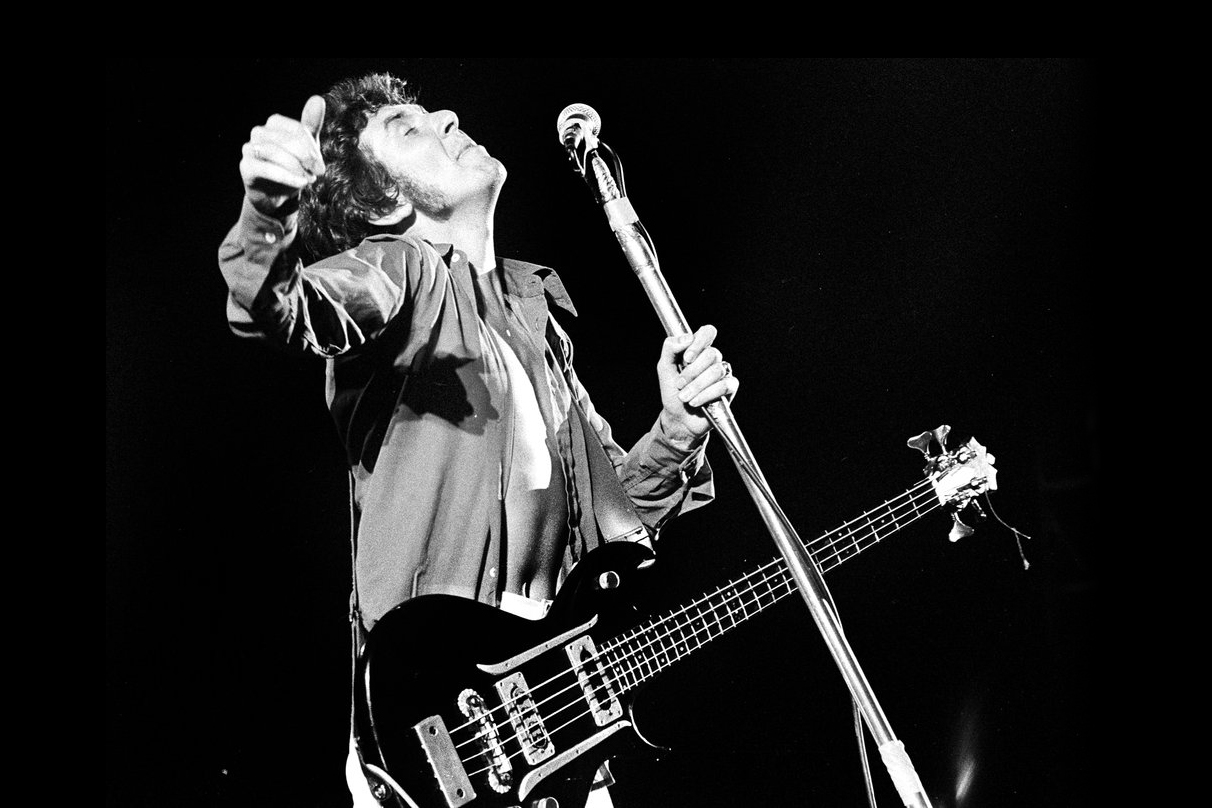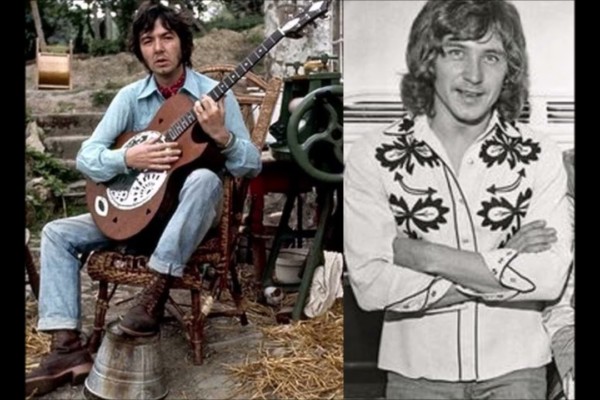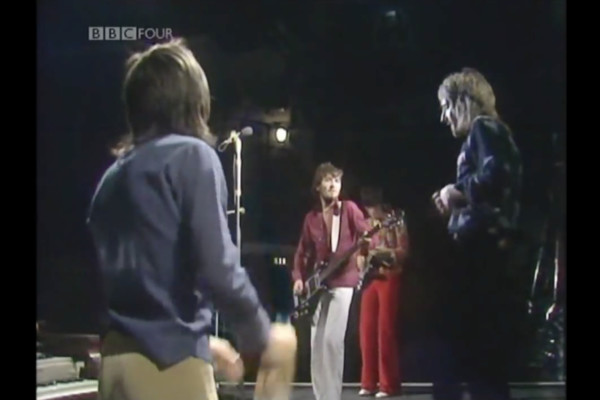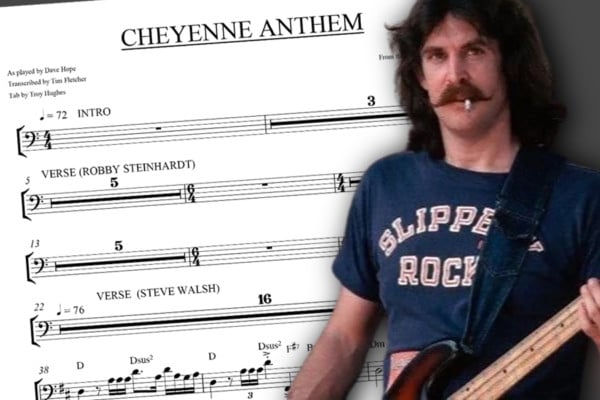Bass Transcription: Ronnie Lane’s Bass Line on “Itchycoo Park” by The Small Faces

Ronnie Lane was born in Plaistow in East London on April 1st 1946. As a teenager, his father had encouraged him to play the guitar as “he’d always have a friend”. At first, he played skiffle, a type of rough country blues popular in the UK in the early 1960s, but he was also influenced by The Shadows and The Beatles, and later became hooked on American acts like Bo Diddley and Fats Domino. Lane formed The Outcasts with drummer Kenny Jones, and although he initially played lead guitar, he soon decided to switch to bass. Visiting a local music shop to buy a Harmony bass, he got talking to guitarist/vocalist Steve Marriott who worked there. The two musicians got along well, bonding over their love of American R & B, and decided to form a band together. They quickly recruited Lane’s bandmate Kenny Jones, and keyboard player Jimmy Winston (later replaced by Ian McLagan) to the new band. They chose to name their new group The Small Faces, possibly due to the band members being quite short.
The Small Faces were initially part of the fast-developing London “Mod” scene and along with The Who, The Kinks, and The Yardbirds, they helped to define the genre. Like many Mod bands they played R & B covers on their early gigs, but soon after signing with Decca records, they released their first self-penned single “Watcha Gonna Do About It?”. The song reached number 14 in the UK charts in August 1965, and although their second single “I Got Mine” did not chart, the third “Sha La La La Lee” (written by Elvis Presley songwriter Mort Shuman) reached number 3 in January 1966. This was followed by an album, Small Faces and a chart-topping single, “All or Nothing” in August 1966.
The Small Faces were initially managed by the infamous Don Arden (father of Sharon Osbourne), and although he was very effective at promoting them and working them relentlessly, the band had little to show for their efforts apart from some new clothes. This led to disquiet in the band, and after confronting Arden, they found a new manager. The band also chose to move from Decca to Immediate Records, which was run by Rolling Stones producer Andrew Loog Oldham. The songs recorded for their new label reflected the band’s attempts move away from their R & B origins, and they wrote music that included influences from Music Hall (like the Beatles), and lyrics that reflected their local environment (like The Kinks). Their 1968 single “Itchycoo Park” was written about the local parks and bomb sites in the East End of London where the band members played as children and the dangers of being stung by nettles that grew there. The psychedelic flanging effects on the drum fills in the middle section were developed by engineer Glyn Johns, using a long section of recording tape that was strung around various objects in the studio. The song reached number 3 on the UK singles chart and number 16 in the USA.
Like many bands of the era, The Small Faces were ambitious to move in a more progressive direction, and their 1968 album Ogden’s Nut Gone Flake was a further step away from pop, and towards heavy rock and psychedelia. The album contained a thematically connected song suite on the second side and is considered one of the first concept albums. The complexity of this album made live performance of the songs challenging, and this along with the desire to move more quickly towards a less “pop” style and image led Marriott to quit the band at the end of 1968. He went on to form the more rock-oriented Humble Pie with Peter Frampton.
The remaining members of the band recruited Ronnie Wood and Rod Stewart from the Jeff Beck Group and continued as The Faces. This band also had a strong following in the UK, but Lane left in 1973 to form his own band Slim Chance which recorded three albums and toured as “The Passing Show” – a musical circus with tents and a ringmaster. In 1976, during sessions for an album with Pete Townshend, Lane was diagnosed with Multiple Sclerosis (MS), and he helped to organize and perform in the star-studded ARMS concerts that raised over $1 million for research into the condition. His declining health prompted a move to the USA in 1984 where the climate helped his condition, and soon formed a new version of Slim Chance with whom he continued to record and tour until 1992. Lane died in 1997 from complications of MS.
Lane played a range of instruments during his career but is best known for using semi-acoustic Harmony H22s and H27s, and solid body Zemaitis basses during his time in the Small Faces and The Faces. Semi-acoustic basses were used by other bassists in the psychedelic era such as Jack Casady and Chris Hillman, and the instruments created a tone that was warm and deep, with flat-wound strings and the use of a pick help to create a very appropriate sound for the genre.
“Itchycoo Park” begins with a four-bar intro over an A to F?m chord sequence. Lane’s bass-line enters in bar two, on the off-beat of beat two, alternating between the root and the minor seventh of the F?m (F? and E). Lane uses the F? and E again in bar three over the A chord, but in this case, they are the sixth and fifth of the chord. In the verses, Lane uses a blend of roots and fifths, and roots and sixths to add movement and flow, and uses pleasing octave-to-ninth hammer-ons in bar 9. In the pre-choruses, Lane emphasizes the chord movement syncopations, but tastefully adds an altered root (A) under Marriot’s G chord, and re-states the F?-E movement seen in the intro, but this time over the D chord.
The chorus is very much like the intro, but Lane chooses to leave a space on the third beat over the A chord. The bridge is more open-sounding, with longer root notes and more scale-based crotchet triplets to create a more psychedelic feel (the flanging effect is most audible in these sections). The verse, pre-chorus, chorus, and bridge are repeated with relatively little change to the bass-line, but Lane appears to make some errors; If you listen very carefully there is a very short open E note at the end of verse 2 (bar 44), and there is a G note in the chorus/outro (bar 79) rather than the F? played previously.
Lane’s bass-line helps create a very effective groove in the song, and tasteful control of note-length and use of space adds movement to quite a straightforward song.
Follow along with the transcription and the video:
Note: the tab included here reflects how Lane appears to play the song in the video.


